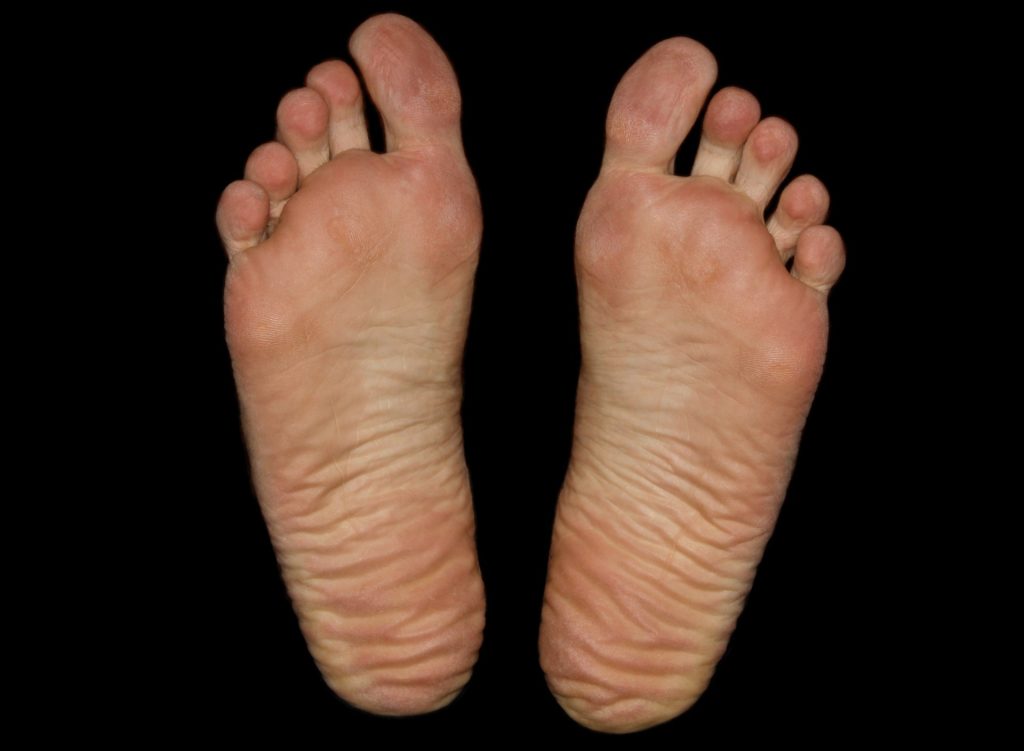Foot problems are a common and potentially serious complication of diabetes. This is because high blood sugar levels associated with diabetes can cause nerve damage and reduce blood flow to the feet, making it more difficult to detect cuts, blisters, or other foot injuries. If left untreated, foot injuries can lead to serious infections and even amputation.
Peripheral neuropathy is a common form of nerve damage in people with diabetes and can cause numbness or tingling in the feet. This numbness can make it difficult to detect cuts, blisters, or other foot injuries, increasing the risk of foot infections. Additionally, reduced blood flow to the feet can slow the healing process and increase the risk of serious infections.
Diabetic foot ulcers are another common foot problem in people with diabetes. They are open wounds that can occur on the feet as a result of nerve damage, reduced blood flow, and increased pressure on the feet. Diabetic foot ulcers can take a long time to heal and are at risk of becoming infected. If left untreated, they can lead to more serious health problems, such as cellulitis (a skin infection), osteomyelitis (a bone infection), or gangrene (tissue death).
A major concern for people with diabetes is the risk of amputation. Amputation is the removal of a body part, such as a foot or leg, and is often the result of severe and untreated foot infections, ulcers, or other foot injuries. The risk of amputation can be reduced by early detection and treatment of foot problems, such as cuts, blisters, and ulcers.
Another common foot problem in people with diabetes is diabetic neuropathic arthropathy, which is joint and foot deformities caused by nerve damage. This can lead to changes in the way a person walks, which can put additional pressure on the feet and increase the risk of foot injuries and ulcers.
To reduce the risk of foot problems and other complications, individuals with diabetes should follow a few important steps:
- Monitor blood sugar levels regularly: Keeping blood sugar levels within a target range can reduce the risk of nerve damage and other complications.
- Perform regular foot checks: Checking feet daily for cuts, blisters, and other foot injuries is important for early detection and treatment.
- Wear proper footwear: Wearing shoes that fit properly and provide good support can reduce the risk of foot injuries and other complications.
- Maintain a healthy diet and exercise regimen: Eating a healthy diet and engaging in regular physical activity can improve overall health and reduce the risk of foot problems and other complications.
- Quit smoking: Smoking can reduce blood flow to the feet and increase the risk of foot problems and other complications.
- See a podiatrist or foot doctor regularly: Regular visits to a podiatrist or foot doctor can help detect and treat foot problems early, reducing the risk of serious complications.
In conclusion, foot problems are a common and potentially serious complication of diabetes. High blood sugar levels can cause nerve damage, reduce blood flow to the feet, and increase the risk of foot injuries, infections, and amputation. Regular monitoring of blood sugar levels, performing regular foot checks, wearing proper footwear, maintaining a healthy diet and exercise regimen, quitting smoking, and seeing a podiatrist or foot doctor regularly can reduce the risk of foot problems and other diabetes-related complications. By taking these steps, individuals with diabetes can maintain good foot health and reduce the risk of serious and potentially life-threatening complications.
